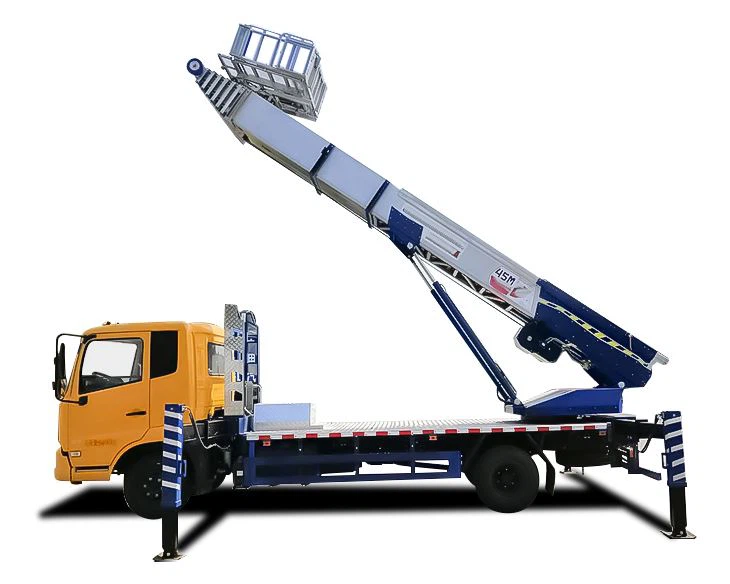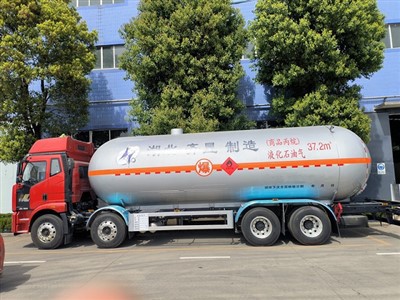Understanding the Parts of a Cement Truck: A Comprehensive Guide

Cement trucks are vital in construction, playing a crucial role in transporting concrete from batching plants to construction sites. This article explores the various parts of a cement truck, their functions, and tips for their use and maintenance.
Table of Contents
- Introduction
- What is a Cement Truck?
- Main Components of a Cement Truck
- How a Cement Truck Works
- Maintenance Tips for Cement Trucks
- Common Problems and Solutions
- Safety Considerations
- FAQ
Introduction
The cement truck, often referred to as a concrete mixer truck, is engineered for one primary purpose: transporting and mixing concrete. These trucks are distinct in their structure and function, designed to operate efficiently on construction sites while complying with safety regulations. This article aims to provide a detailed overview of the essential parts of a cement truck and explain how they work together to ensure seamless delivery of concrete.

What is a Cement Truck?
A cement truck is a specialized vehicle used for transporting concrete to job sites. The unique design of these trucks allows for industrial-sized loads of concrete to be mixed and kept in a liquid state while being transported. The truck features a rotating drum that mixes the concrete ingredients and prevents them from hardening before reaching their destination. There are various types of cement trucks, each tailored for different aspects of concrete delivery.
Main Components of a Cement Truck
Understanding a cement truck’s components is essential for anyone involved in construction or related industries. Below are the key components that make up a cement truck.
The Chassis
The chassis forms the truck’s framework, providing the vehicle’s structural backbone. It supports all other components, including the mixing drum and engine. The chassis is typically made of high-strength steel to withstand heavy loads and harsh working conditions.
The Mixing Drum
The mixing drum is the most recognizable part of a cement truck. It is a large cylindrical container mounted on the truck’s chassis, designed to hold and mix concrete ingredients. The drum rotates to keep the concrete in a fluid state, preventing it from hardening. Most mixing drums are made of stainless steel or other durable materials that resist corrosion.
Key Features of the Mixing Drum
- Rotation Mechanism: The drum rotates continuously to mix the concrete.
- Discharge Opening: The mixer has a spout at the bottom for pouring out the concrete.
- Water Injection System: Some drums include a system to add water to adjust the consistency of the concrete.
Gears and Drives
The gears and drives control the drum’s rotation and are crucial for efficient mixing. These mechanical components are connected to the vehicle’s engine and provide the necessary torque to turn the drum, even when loaded with heavy concrete.
Water Tank

Most cement trucks are equipped with an onboard water tank. This tank allows operators to add water during transit, adjusting the mixture’s consistency as needed. The water tank is usually constructed of durable materials that can withstand external elements and maintain hygienic conditions for the water.
Discharge Chute
The discharge chute is the outlet through which the mixed concrete is poured out from the mixing drum. It is adjustable, allowing for precise placement of concrete into forms or directly onto construction sites. Discharge chutes can vary in length and angle to accommodate specific job requirements.

Control Systems
Modern cement trucks feature advanced control systems that allow drivers to manage mixing speeds, water addition, and drum rotation. Some systems include digital displays to monitor the concrete mix’s quality and consistency, aiding in precise measurements and improved results.
How a Cement Truck Works
The operation of a cement truck is relatively straightforward, involving a few key steps:
- Loading: Cement and aggregates are loaded into the mixing drum at the batching plant.
- Mixing: The drum rotates to combine the ingredients, creating a homogeneous mixture.
- Transportation: The mixed concrete is transported to the job site while the drum continues to rotate to prevent hardening.
- Discharging: Upon arrival, the driver positions the chute and pours the concrete into the desired location.
Maintenance Tips for Cement Trucks
Proper maintenance ensures the cement truck operates efficiently and lasts longer. Here are essential maintenance tips:
- Regular Inspections: Conduct frequent checks for leaks, brake wear, and engine condition.
- Cleansing the Mixing Drum: Clean the drum immediately after use to prevent concrete buildup.
- Check Hydraulics: Ensure all hydraulic components, such as pumps and hoses, are in good condition.
- Monitor Tire Health: Inspect tires for wear and proper inflation, as heavy loads can affect tire integrity.
- Fluid Levels: Regularly check oil, coolant, and hydraulic fluid levels to ensure optimal operation.
Common Problems and Solutions
| Problem | Solution |
|---|---|
| Concrete Hardening in the Drum | Immediately rinse the drum with water and use a concrete mixer cleaner. |
| Water Tank Leakage | Inspect for cracks or holes and seal them or replace the tank as necessary. |
| Poor Mixing | Check for blockages and ensure the proper functioning of the drum’s rotation. |
| Brake Failure | Regularly inspect brake pads and fluids. Replace as required. |
Safety Considerations
Operating a cement truck requires adherence to strict safety standards to prevent accidents and injuries. Here are some vital safety considerations:
- Wear Protective Gear: Operators should always wear helmets, gloves, and high-visibility clothing.
- Secure Load: Make sure the load is secure and balanced before transportation.
- Check Surroundings: Always be aware of the environment, ensuring it’s safe for unloading.
- Follow Guidelines: Adhere to local regulations and industry guidelines regarding cement truck operation.
FAQ
What type of concrete can a cement truck transport?
Cement trucks typically transport ready-mix concrete, which can include different mixes based on the project requirements.
How long can concrete stay in a mixing drum?
Concrete should ideally not remain in the mixing drum for more than 90 minutes or 300 revolutions of the drum to maintain quality.
Do cement trucks require special licenses to operate?
Yes, operators of cement trucks usually need a commercial driver’s license (CDL) with specific endorsements based on local regulations.
Can cement trucks be used in cold weather?
Yes, but precautions should be taken, such as using heated water in the mixture and applying additives that prevent freezing.
What is the average lifespan of a cement truck?
The average lifespan of a cement truck is around 10 to 12 years, depending on usage and maintenance practices.
How do I know when to replace my cement truck?
Equipment should be replaced when it shows signs of significant wear, frequent breakdowns, or when repair costs exceed its value.
